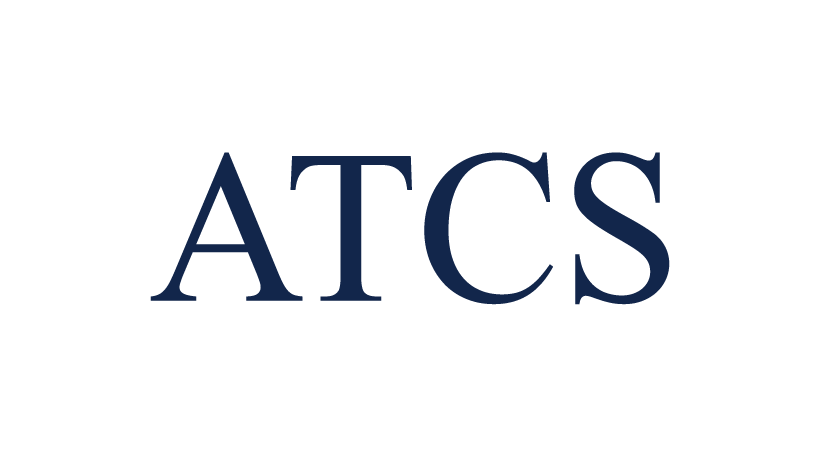What Engineers Do? Ten Reasons to Love Engineering
What do engineers really do? How do they spend their days? If you think they mostly sit at a desk doing math, you are wrong. According to DiscoverE (E-in STEM), engineers not only design, invent, fix, improve, research, travel, present, inspect, draw, write, calculate, but also they work with really interesting people on great projects. Engineers are changing the world for the better all the time. They dream up creative, practical solutions and work with other smart, inspiring people to invent, design, and create things that change our planet. As promised, in this issue of Dr. Z’s Corner we will talk about “Ten Reasons to Love Engineering.”
1: Love your work, and love your life
Engineering is an exciting profession, but one of its greatest advantages is that it will leave you time for all the other things in your life that you love. According to author and creativity guru, Chris Barez-Brown, life and work are intrinsically linked. They are not separate, they are one. If we want to live an extraordinary life, we have to make our work equally extraordinary. It is possible to help you make your work, work for you. Apparently Brown’s approach has produced some tangible returns on investment for many Fortune 500 companies such as Nike, Coca Cola, Diageo, The Gates Foundation, Sony and WPP Unilever, and ITV, for his unique and energetic approach to transforming their people and their work.
2: Be creative
Engineering is a great outlet for the imagination – the perfect field for independent thinkers. Can Creativity Be Taught? What about the creative process? Certainly an understanding of the basic rules of thumb can be taught. Everyone can learn to some degree how to construct ideas and things that work by imitating, emulating and modeling the behaviors of effective teachers. A word of caution: According to experts on creativity, extensive technical thinking diminishes creativity. Most engineers would need to be a practitioner to understand the creativity process.
3: Work with great people
Engineering takes teamwork, and you’ll collaborate with all kinds of people inside and outside the field. Whether they’re designers or architects, doctors or entrepreneurs, you’ll be surrounded by smart, inspiring people.
4: Solve problems, design things that matter
Come up with solutions no one else has thought of. Make your mark on the world. A lot of people end up being successful, and some of those successful people end up being rich. But very few people actually make their mark on the world and leave us all better off for having known them.
5: Never be bored
Creative problem solving will take you into uncharted territory, and the ideas of your colleagues will expose you to different ways of thinking. Be prepared to be fascinated and to have your talents stretched in ways you never expected.
6: Earn a big salary
Engineers not only earn lots of respect, but they’re highly paid as well. Even the starting salary for an entry-level job is impressive comparing to other professions. According to a recent survey, entry-level civil engineers can expect to earn an average of $58K per year. Of course, the residence (location of the work) and the name of the company will impact the annual salary, with the former having the largest influence.
7: Enjoy job flexibility
An engineering degree offers you lots of freedom in finding your dream job. It can be a launching pad for jobs in business, design, medicine, law, and government. To employers or graduate schools, an engineering degree reflects a well-educated individual who has been taught ways of analyzing and solving problems that can lead to success in all kinds of fields.
8: Travel
Field work is a big part of engineering. You may end up designing a skyscraper in Europe or developing safe drinking-water systems in Asia. Or you may stay closer to home, working with a nearby high-tech company or a hospital.
9: Make a difference
Everywhere you look you’ll see examples of engineering having a positive effect on everyday life. Cars are safer, sound systems deliver better acoustics, medical tests are more accurate, and computers and cell phones are a lot more fun! You’ll be giving back to your community.
10: Change the world
Imagine what life would be like without pollution controls to preserve the environment, lifesaving medical equipment, or low-cost building materials for fighting global poverty. All this takes engineering. In very real and concrete ways, engineers save lives, prevent disease, reduce poverty, and protect our planet.
Until next time,
Ahmet Zeytinci, P.E.
This email address is being protected from spambots. You need JavaScript enabled to view it.
April 1, 2022: Beginning of a New Era for Engineers Planning to Take the PE Civil Exam
 In this month’s article, we share ground-breaking news with our readers regarding the Principles and Practice of Engineering (PE) Civil exams. Starting April 1, 2022, The National Council of Examiners for Engineering and Surveying (NCEES) will be transitioning the PE Civil exams from pencil-and-paper (P&P) format to a computer-based (CBT) format.
In this month’s article, we share ground-breaking news with our readers regarding the Principles and Practice of Engineering (PE) Civil exams. Starting April 1, 2022, The National Council of Examiners for Engineering and Surveying (NCEES) will be transitioning the PE Civil exams from pencil-and-paper (P&P) format to a computer-based (CBT) format.
Initially, NCEES planned to complete the PE Civil exam’s transition to CBT format in 2023 but fast-tracked the change as part of its response to COVID-19. After the April 2020 penciland-paper exam administration was canceled because of the coronavirus pandemic. NCEES added an extra day to the October 2020 administration and began exploring the possibility of moving the PE Civil exam to CBT earlier than planned. The PE Civil exam was offered for the last time in penciland-paper format in October 2021.
Engineering students who passed the FE exams (students with EIT) should know about the Principles and Practice of Engineering (PE) exams. The PE exam basically tests for a minimum level of competency in any given particular engineering discipline. It is designed for engineers who have gained a minimum of four years’ post-college work experience in their discipline under a PE’s supervision (depending on state requirements).
The PE Civil exam in CBT format includes 80 questions. The total exam appointment time is 9 hours and it includes a non disclosure agreement (2 minutes), tutorial (8 minutes), actual exam (8 hours) and a scheduled break (50 minutes). For more information our readers may refer to the latest version of NCEES Examinee Guide at NCEES.org. All examinees are required to read this document before starting the exam registration process.
It is also important for our readers who are planning to take the PE Civil CBT exam to review the exam specifications, fees, requirements and the reference material. The new PE Civil Reference Handbook, Version 1.1 may be downloaded for free from NCEES website. To download, first register or log in to My NCEES and then go to Dashboard/Common Tasks/ Useful Documents/View reference handbooks.
The current version of the reference handbook will be supplied onscreen as a searchable PDF. All examinees will use a 24-inch monitor while testing to allow sufficient space to display both the exam question and the reference handbook. If codes, standards, or other references are being supplied, they will be listed on the last page of the exam specifications.
Typically, references are best viewed in the exam software at 100%. If additional clarification is needed, zooming to a higher or lower percentage may be helpful.
The exam fee for the new PE Civil CBT is $375 and is payable directly to NCEES. Some licensing boards may require filing a separate application and paying an application fee as part of the approval process to qualify for a seat. The examinee’s licensing board may have additional requirements as well. If you are planning to take the PE exam, familiarize yourself with your state licensing board’s unique registration procedures before registering for the exam.
Specifications and design standards
The PE Civil CBT exam is a breadth and depth examination. The breadth items cover topics from all five areas of civil engineering. The depth items focus more closely on a single area of practice. The PE Civil exam includes multiple-choice questions as well as Alternative Item Types (AITs).
For details on the format and length of the exam, the topics covered, and applicable design standards, select your engineering discipline below to download the exam specifications from NCEES’ web site, NCEES.org. PE exam specifications and design standards are posted 6 months before their effective date. Exam specifications change once every 5–7 years. Design standards change more frequently. The design standards for 2022 exams are listed below according to five civil engineering disciplines:
Allowed reference materials
As mentioned earlier, the examinee will be provided with an electronic PE Civil Reference Handbook as well as all design standards specified for the chosen civil discipline during the exam. This handbook and the standards listed on the exam specifications are the only reference material that can be used during the exam.
The examinee will not be allowed to bring personal copies of any material into the exam room. Design standards are available through the publisher, typically as both an electronic and printed copy.
The handbook and design standards will be available for both the breadth and depth portions of the exam, though design standards are not needed for breadth questions. The NCEES handbook and the design standards used on the exam are searchable pdf files with linked chapters for easy navigation.
Finally, we have to remind our readers that both the FE and PE exams are very fast paced exams and you will have little time to look up information. Therefore, make sure you are familiar with your reference material and design standards. It will be helpful to begin with the subject areas you know best. This will give you more time and build your confidence.
Most importantly, stay relaxed and confident. During the exam, keep a good attitude and remind yourself that you are going to do your best!
Until next time,
Ahmet Zeytinci, P.E.
This email address is being protected from spambots. You need JavaScript enabled to view it.

 In this month’s article, we share ground-breaking news with our readers regarding the Principles and Practice of Engineering (PE) Civil exams. Starting April 1, 2022, The National Council of Examiners for Engineering and Surveying (NCEES) will be transitioning the PE Civil exams from pencil-and-paper (P&P) format to a computer-based (CBT) format.
In this month’s article, we share ground-breaking news with our readers regarding the Principles and Practice of Engineering (PE) Civil exams. Starting April 1, 2022, The National Council of Examiners for Engineering and Surveying (NCEES) will be transitioning the PE Civil exams from pencil-and-paper (P&P) format to a computer-based (CBT) format.






